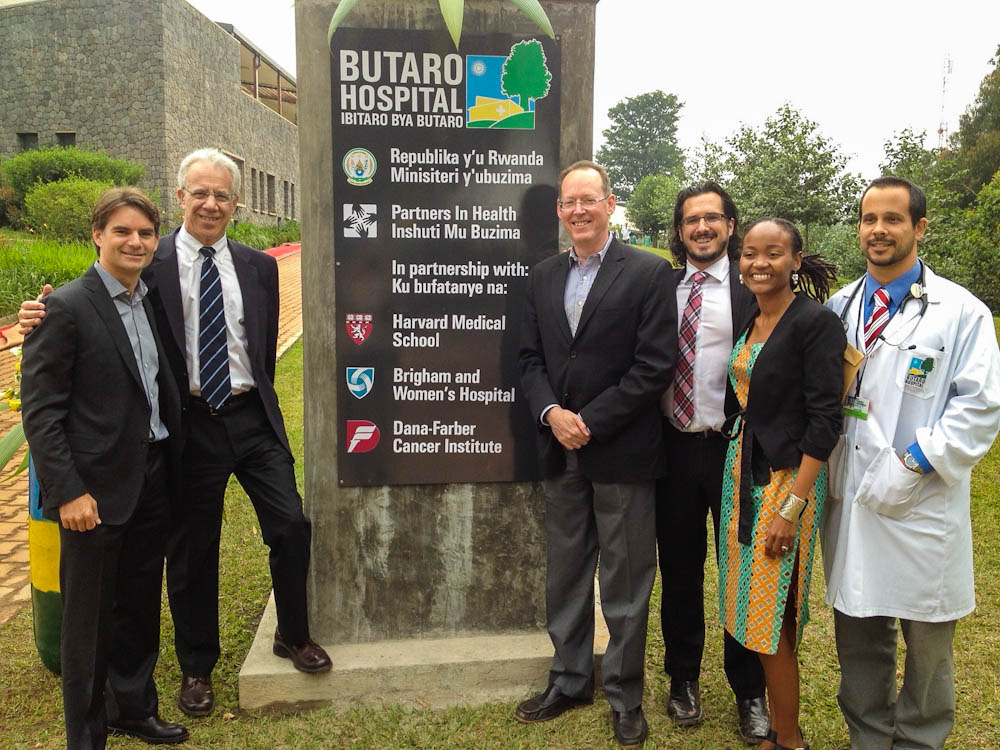The number of deaths from breast cancer has dropped over the past decade in the United States, but around the world, especially in less-developed countries, the number is rising. A report from the World Health Organization (WHO) in December 2013 said 522,000 women died from breast cancer in 2012 – a 14 percent increase compared with 2008.
Breast cancer, along with lung and colon cancer, accounted for almost 35 percent of all cancers diagnosed in 2012, according to the WHO report. In most countries, breast cancer was the most commonly diagnosed cancer in women.
One reason for the increase, said the report, is that women in developing countries are adopting more Western-influenced diets and lifestyles. Higher-fat diets, obesity, delayed child bearing, and having fewer children are linked to higher risks of breast cancer.
In addition, few resources for early detection and prevention are available to women in less-developed countries, and advances in breast cancer treatment are not always available to women in these parts of the world.

“Breast cancer is by far the most common cancer we see in Rwanda and Haiti and the average age of patients is much younger than in the United States – for reasons we don’t understand,” says Lawrence Shulman, MD, who serves as senior oncology advisor to Boston-based Partners In Health (PIH), which operates hospitals in those two countries. He is also Dana-Farber’s senior vice-president for medical affairs and director of Dana-Farber’s Center for Global Cancer Medicine.
Like many other resource-poor countries, Rwanda and Haiti don’t have educational programs or health care infrastructures which would promote early detection of breast cancer. Women, therefore, often present with more advanced cancer which is no longer curable, Shulman explains. Working with PIH, Shulman has had a key role in establishing the first Cancer Center of Excellence in Rwanda at Butaro Hospital, and is supporting the cancer program at Mirebalais Hospital in Haiti with the goal of improving patient survival.
“We can make the greatest impact on breast cancer by building a good healthcare infrastructure offering screening and prevention. That’s what made possible the largest reduction in breast cancer deaths in the US between the years 1950 to 1975, before mammography came into wide use.”
This is obviously an enormous challenge, but one that volunteers from PIH and Dana-Farber/Brigham and Women’s Cancer Center are taking on, in collaboration with health care providers in resource-poor countries.

The good news on breast cancer in the US is offset by bad news elsewhere in the world. Frustrating, yet maybe they can use the good news from the US and apply it elsewhere.